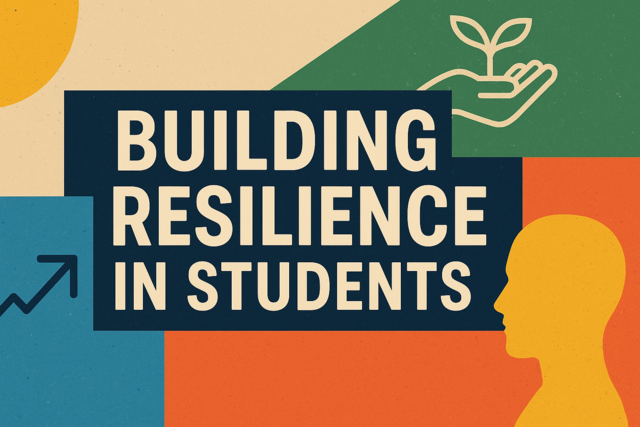Online Class: Aligning Curriculum with State Standards

no certificate
with CEU Certificate*
-
15Lessons
-
22Exams &
Assignments -
7Hours
average time -
0.7CEUs
Course Description
Course Title: Aligning Curriculum with State Standards
Course Description:
Imagine a classroom where education is as inspiring as it is impactful, where every lesson is both a window to the world and a mirror reflecting the diverse society students call home. Welcome to "Aligning Curriculum with State Standards," not just a course, but a transformative journey designed to elevate the educational experience and drive meaningful outcomes. This course is your gateway to understanding, navigating, and mastering the intricate landscape of state standards, empowering you to become an indispensable change-maker in the realm of education.
In our ever-evolving educational landscape, state standards have emerged as the backbone of instructional quality and consistency. This course demystifies these standards, unraveling them with finesse, and casting them as beacons guiding educators toward excellence. You're not simply learning to align curriculum; you're mastering the art of crafting a dynamic educational environment that thrives on inclusivity, innovation, and intellectual rigor.
From the moment you enroll, you'll embark on a compelling narrative that traces the history and evolution of state standards, illuminating their role in shaping equitable and rigorous learning pathways. Through expertly crafted modules, you'll gain a profound understanding of the educational milestones that have paved the way for today's standards, equipping you with the insight to appreciate their significance and the vision to herald future transformations.
This course isn't just about compliance; it's about embracing the power of state standards to unlock creativity and foster empathy in the classroom. You will discover how to weave cultural responsiveness into your curriculum, ensuring every student feels seen, valued, and understood. By the end of this course, your classroom will become a canvas of diverse perspectives, where representation isn't just included—it's celebrated.
Engage deeply with frameworks that transform state standards from static documents to dynamic tools for student engagement and accountability. Learn to navigate these standards with confidence, shaping curricula that illuminate pathways to lifelong learning and prepare students for the digital age. Critical skills such as problem-solving and digital literacy will no longer be abstract goals but be infused into every aspect of your teaching strategy.
Our course empowers you to engage stakeholders—parents, teachers, and community leaders—with the curriculum alignment process. This collaborative approach doesn't just enhance student learning; it builds a resilient community committed to educational excellence. Your newfound ability to adapt and respond to student needs ensures that your lessons remain relevant and challenging, sustaining dynamic teaching practices for generations to come.
Harness the potential of cutting-edge educational technology, from virtual and augmented reality to interactive platforms. These tools aren't merely enhancements; they're integral to aligning your curriculum with state expectations, immersing students in authentic scenarios that boost critical thinking and real-world application skills. You'll leave this course with a toolkit of digital and experiential learning strategies that make every classroom interaction an opportunity for innovation and growth.
With "Aligning Curriculum with State Standards," you're not just investing in a course; you're investing in your career, your students, and your future. This course goes beyond theory, translating into tangible skills that are immediately applicable, promising an elevation in educational outcomes that serve every student and community.
The opportunity to transform educational landscapes and shape the minds of tomorrow is within your grasp. Enroll today and stride confidently into a future where your curriculum isn't just aligned with standards—it sets the standard. The decision to join "Aligning Curriculum with State Standards" is not just a choice; it's a commitment to excellence, innovation, and relentless pursuit of educational equity. Don't just be part of the future of education—be the one to define it.
- Completely Online
- Self-Paced
- 6 Months to Complete
- 24/7 Availability
- Start Anytime
- PC & Mac Compatible
- Android & iOS Friendly
- Accredited CEUs

Course Lessons
Lesson 1. Blueprints of Excellence: Tracing the Evolution of State Standards in U.S. Education
In the 1980s, concern over educational disparities led to the inception of state standards in the U.S., aiming to provide a cohesive framework for education across states. The movement gained momentum with federal support and significant milestones, like the No Child Left Behind Act and the Common Core initiative, shaping modern educational policies to ensure equity and rigor.Lesson 2. Navigating State Standards: A Framework for Educational Excellence
While not dictating specific teaching methods, state standards define the necessary knowledge and skills for each grade, promoting student engagement and accountability in educational achievements. Their continuous updates reflect societal needs, including digital literacy, preparing students for modern world challenges and promoting lifelong learning.Lesson 3. Navigating Compliance in Education
Incorporating cultural responsiveness into the curriculum ensures representation and inclusivity, fostering empathy and understanding among students. This approach aligns with modern educational standards, supporting diverse perspectives and creating a learning environment where all students feel valued.Lesson 4. Navigating the Educational Landscape through State Standards
State standards guide educators in creating aligned curricula that ensure consistent, equitable learning opportunities for all students across different regions. By emphasizing critical skills like problem-solving and digital literacy, these standards prepare students for future academic and career success.Lesson 5. Standards as Guideposts
Curriculum content should be thoroughly analyzed and adapted to meet state standards, guiding educators in shaping lessons that fulfill educational mandates. This process includes incorporating real-world applications to motivate students and ensuring assessments accurately reflect students' understanding and capabilities.Lesson 6. Building Better Student Outcomes through Curriculum Analysis
Ensuring curriculum alignment with state standards sets the foundation for consistent educational quality, leveraging a structured framework to meet specified learning goals. Teachers meticulously align curriculum content with standards through activities and assessments, ensuring a balanced and comprehensive educational experience.Lesson 7. State Standards: A Blueprint for Educational Success
State standards play a significant role in accountability by providing clear learning objectives and measurable benchmarks for student progress. These standards guide teachers in curriculum alignment and differentiated instruction, utilizing technology to meet diverse student needs effectively.Lesson 8. Standards Matter: A Guide for Educators
State standards offer clear educational benchmarks ensuring uniform learning outcomes, enabling educators to align lesson plans with expected competencies. Embracing these standards through professional development and collaboration fosters a dynamic learning environment ready to meet future challenges.Lesson 9. Essentials of State Standards
In both urban and rural classrooms, state standards ensure students learn critical skills such as problem-solving in mathematics, practical resource management, and effective communication. Through hands-on projects and inquiry-based learning, students engage deeply with concepts like ecological sustainability, enhancing real-world understanding.Lesson 10. Mastering Educational Objectives Through State Standards
Continuous refinement of curricula in alignment with state standards sustains dynamic teaching practices responsive to student needs. This approach, involving frequent feedback and professional development, guarantees curriculum remains relevant and challenging, fostering student achievement.Lesson 11. Collaborative Curriculum Alignment: Engaging Stakeholders for Success
Engaging stakeholders such as teachers, parents, and community leaders in curriculum alignment can result in educational programs that are inclusive, effective, and compliant with state mandates. This collaboration empowers all parties involved and enhances student learning outcomes.Lesson 12. Bridging Traditional and Modern Education through Technology
Engagement tools like Nearpod and Kahoot! amplify classroom interaction, enriching the learning experience while ensuring curriculum standards are met. These interactive simulations facilitate feedback and comprehension, aligning student learning with state expectations effectively.Lesson 13. Insights for Innovation: Elevating Student Outcomes through Continuous Data
Feedback loops facilitated by digital tools empower educators to monitor curriculum efficacy and student progress relative to benchmarks. This iterative refinement process, supported by peer collaboration and stakeholder input, nurtures adaptable, responsive educational settings rich in innovation.Lesson 14. Equity and Excellence: The Role of Curriculum Alignment
Curriculum alignment creates a seamless connection between educational standards and student experiences, ensuring equitable access to high-quality education and preparing learners for future challenges. By continuously refining instructional content and strategies, educators can foster an environment where all students meet or exceed state benchmarks while engaging in relevant, real-world applications.Lesson 15. 21st Century Learning: Technology Integration in Education
The adoption of virtual and augmented reality in classrooms empowers students with realistic, hands-on learning experiences, enhancing their understanding and problem-solving skills. Such technologies align curricula with standards by offering authentic scenarios that develop critical thinking and real-world application skills.
Learning Outcomes
- Identify and describe how state standards have shaped curriculum development and influenced educational equity across diverse regions in the United States.
- Demonstrate an understanding of the historical progression from 'A Nation at Risk' to the implementation of Common Core State Standards, highlighting key educational reforms in the United States.
- Analyze and articulate the impact of state standards on fostering educational equity and accountability across different academic subjects.
- Demonstrate the ability to align instructional strategies with state standards to ensure consistent educational quality across diverse school environments.
- Define state standards and compliance requirements relevant to curriculum alignment and explain their significance in designing effective educational experiences.
- Demonstrate how to use analysis and mapping techniques to align curriculum components with specific state standards, addressing identified gaps and ensuring quality education delivery.
- Demonstrate the ability to analyze and map curriculum goals to state standards, ensuring comprehensive coverage of essential skills and knowledge across educational units.
- Define specific state standards and articulate curriculum goals that align with these standards, enabling effective lesson planning and teaching strategies.
- Analyze current curriculum content in relation to state standards, and implement strategies to address any identified alignment gaps to improve student learning experiences.
- Identify key state standards related to curriculum alignment and demonstrate the ability to align lesson plans accordingly to enhance educational outcomes.
- Demonstrate the ability to map curriculum content to state standards using a correlation framework, identifying areas to adjust for adequate coverage.
- Recognize specific verbs and skills in state standards to identify what students are expected to achieve, ensuring curriculum alignment.
- Demonstrate an understanding of how state standards serve as benchmarks for curriculum alignment by identifying their role in designing cohesive lesson plans.
- Demonstrate mastery of lesson content at levels of 70% or higher.
Additional Course Information

- Document Your Lifelong Learning Achievements
- Earn an Official Certificate Documenting Course Hours and CEUs
- Verify Your Certificate with a Unique Serial Number Online
- View and Share Your Certificate Online or Download/Print as PDF
- Display Your Certificate on Your Resume and Promote Your Achievements Using Social Media

Choose Your Subscription Plan
No Certificate / No CEUs
This course only
| Includes certificate | X |
| Includes CEUs | X |
| Self-paced |

|
| Instructor support |

|
| Time to complete | 6 months |
| No. of courses | 1 course |
Certificate & CEUs
This course only
| Includes certificate |

|
| Includes CEUs |

|
| Self-paced |

|
| Instructor support |

|
| Time to complete | 6 months |
| No. of courses | 1 course |
Certificates & CEUs
Includes all 600+ courses
| Includes certificate |

|
| Includes CEUs |

|
| Self-paced |

|
| Instructor support |

|
| Time to complete | 12 Months |
| No. of courses | 600+ |
Certificates & CEUs
Includes all 600+ courses
| Includes certificate |

|
| Includes CEUs |

|
| Self-paced |

|
| Instructor support |

|
| Time to complete | 24 Months |
| No. of courses | 600+ |
Related Courses
-
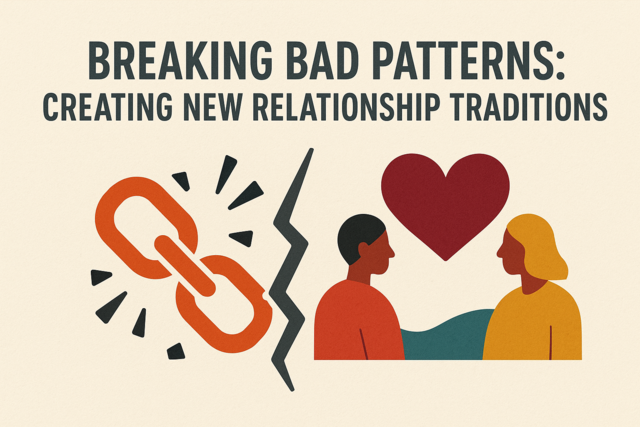 5 hours
0.5 CEUs
Breaking Bad Patterns: Creating New Relationship Traditions
+ More Info
5 hours
0.5 CEUs
Breaking Bad Patterns: Creating New Relationship Traditions
+ More Info
-
 7 hours
0.7 CEUs
Modern Mindfulness: Being Present in an Age of Distraction
+ More Info
7 hours
0.7 CEUs
Modern Mindfulness: Being Present in an Age of Distraction
+ More Info
-
 4 hours
0.4 CEUs
Facilitating Online and Hybrid Learning
+ More Info
4 hours
0.4 CEUs
Facilitating Online and Hybrid Learning
+ More Info
-
 6 hours
0.6 CEUs
The Art of Dressing: Mastering High-End Menswear
+ More Info
6 hours
0.6 CEUs
The Art of Dressing: Mastering High-End Menswear
+ More Info
-
 3 hours
0.3 CEUs
Collaborative Teaching Approaches
+ More Info
3 hours
0.3 CEUs
Collaborative Teaching Approaches
+ More Info
-
 3 hours
0.3 CEUs
Managing Personal Finances
+ More Info
3 hours
0.3 CEUs
Managing Personal Finances
+ More Info
-
 4 hours
0.4 CEUs
Enhancing Student Engagement and Motivation
+ More Info
4 hours
0.4 CEUs
Enhancing Student Engagement and Motivation
+ More Info
-
 5 hours
0.5 CEUs
Contemporary Luxury: Redefining Modern Fashion
+ More Info
5 hours
0.5 CEUs
Contemporary Luxury: Redefining Modern Fashion
+ More Info
-
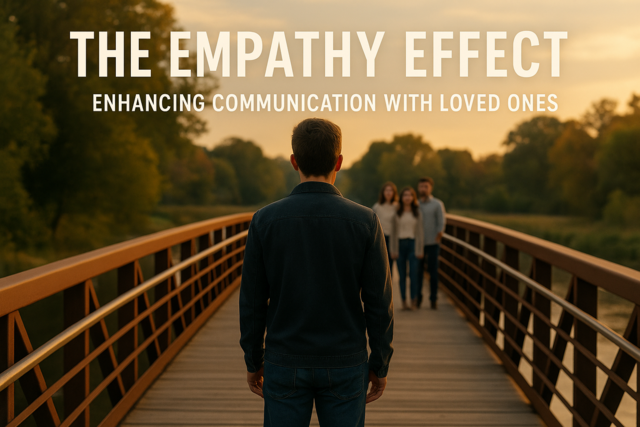 3 hours
0.3 CEUs
The Empathy Effect: Enhancing Communication with Loved Ones
+ More Info
3 hours
0.3 CEUs
The Empathy Effect: Enhancing Communication with Loved Ones
+ More Info
-
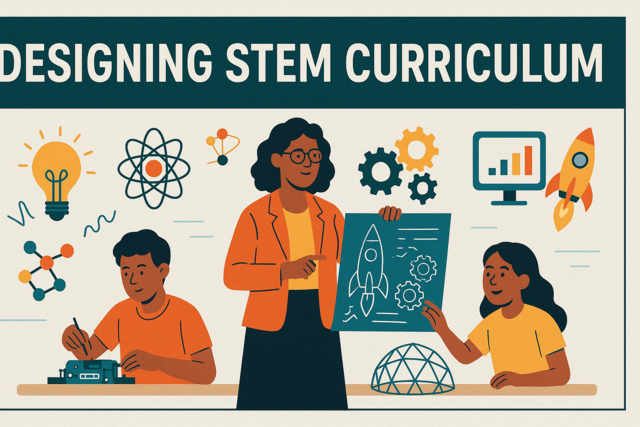 3 hours
0.3 CEUs
Designing STEM Curriculum
+ More Info
3 hours
0.3 CEUs
Designing STEM Curriculum
+ More Info
-
 3 hours
0.3 CEUs
From Me to We: Transitioning to a Team Mindset
+ More Info
3 hours
0.3 CEUs
From Me to We: Transitioning to a Team Mindset
+ More Info
-
 6 hours
0.6 CEUs
Beyond Glamour: Women's Luxury Fashion Unveiled
+ More Info
6 hours
0.6 CEUs
Beyond Glamour: Women's Luxury Fashion Unveiled
+ More Info
-
 7 hours
0.7 CEUs
Self-Care and Wellness Practices
+ More Info
7 hours
0.7 CEUs
Self-Care and Wellness Practices
+ More Info
-
 6 hours
0.6 CEUs
Beyond the Runway: Influencing Trends in Modern Luxury
+ More Info
6 hours
0.6 CEUs
Beyond the Runway: Influencing Trends in Modern Luxury
+ More Info
-
 4 hours
0.4 CEUs
Creative Thinking and Innovation
+ More Info
4 hours
0.4 CEUs
Creative Thinking and Innovation
+ More Info
-
 6 hours
0.6 CEUs
Mysterious Forces in the Cosmos
+ More Info
6 hours
0.6 CEUs
Mysterious Forces in the Cosmos
+ More Info
-
 7 hours
0.7 CEUs
Family Engagement and Support Strategies in Special Education
+ More Info
7 hours
0.7 CEUs
Family Engagement and Support Strategies in Special Education
+ More Info
-
 5 hours
0.5 CEUs
The Enigmatic Dimensions of Time
+ More Info
5 hours
0.5 CEUs
The Enigmatic Dimensions of Time
+ More Info
-
 7 hours
0.7 CEUs
Leadership in Educational Settings
+ More Info
7 hours
0.7 CEUs
Leadership in Educational Settings
+ More Info
-
 3 hours
0.3 CEUs
Leadership in Love: Fostering Growth in Family Relations
+ More Info
3 hours
0.3 CEUs
Leadership in Love: Fostering Growth in Family Relations
+ More Info
-
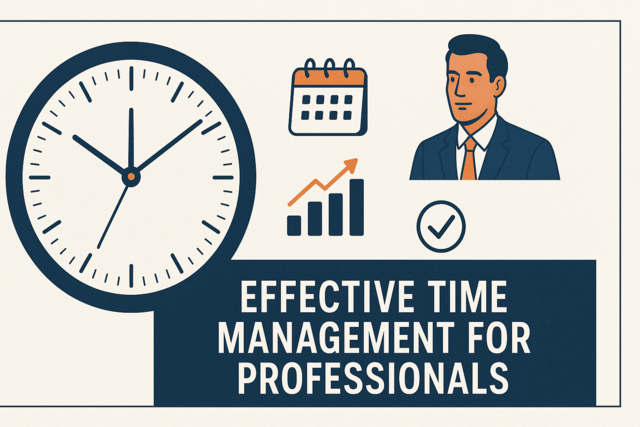 7 hours
0.7 CEUs
Effective Time Management for Professionals
+ More Info
7 hours
0.7 CEUs
Effective Time Management for Professionals
+ More Info
-
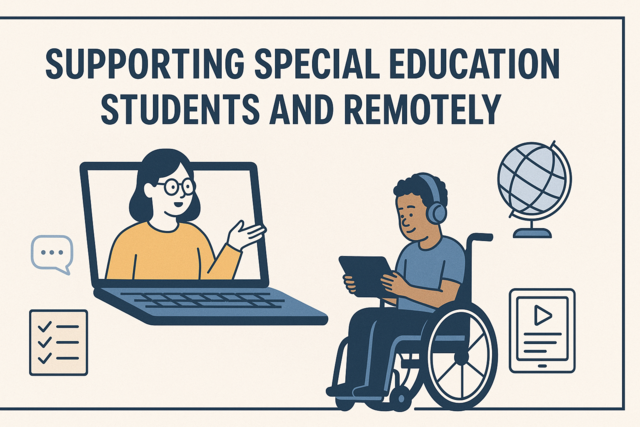 5 hours
0.5 CEUs
Supporting Special Education Students Virtually and Remotely
+ More Info
5 hours
0.5 CEUs
Supporting Special Education Students Virtually and Remotely
+ More Info
-
 3 hours
0.3 CEUs
Family Dynamics Decoded: Understanding & Improving Interactions
+ More Info
3 hours
0.3 CEUs
Family Dynamics Decoded: Understanding & Improving Interactions
+ More Info
-
 4 hours
0.4 CEUs
Vital Conversations: Cultivating Depth in Daily Interactions
+ More Info
4 hours
0.4 CEUs
Vital Conversations: Cultivating Depth in Daily Interactions
+ More Info
-
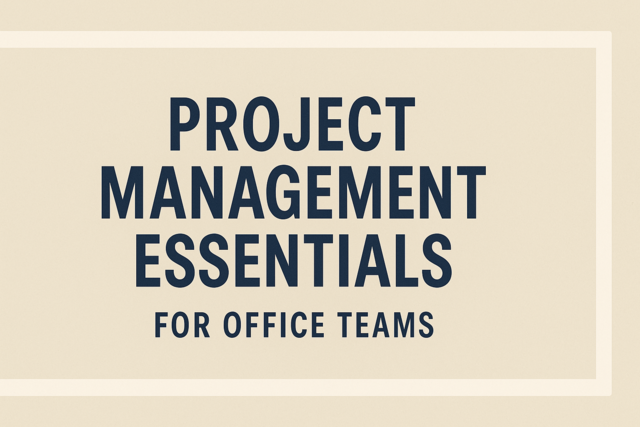 7 hours
0.7 CEUs
Project Management Essentials for Office Teams
+ More Info
7 hours
0.7 CEUs
Project Management Essentials for Office Teams
+ More Info
-
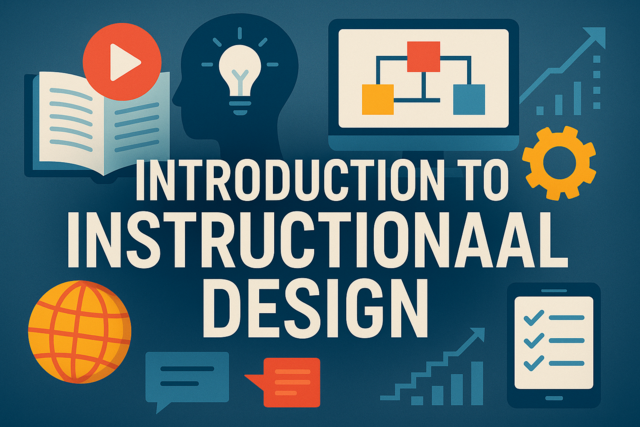 7 hours
0.7 CEUs
Introduction to Instructional Design
+ More Info
7 hours
0.7 CEUs
Introduction to Instructional Design
+ More Info
-
 3 hours
0.3 CEUs
Essentials of Contract Negotiation
+ More Info
3 hours
0.3 CEUs
Essentials of Contract Negotiation
+ More Info
-
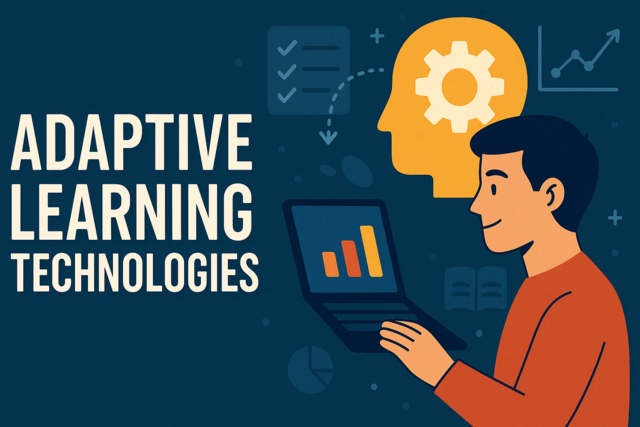 6 hours
0.6 CEUs
Adaptive Learning Technologies
+ More Info
6 hours
0.6 CEUs
Adaptive Learning Technologies
+ More Info
-
 6 hours
0.6 CEUs
Timeless Aesthetics: Navigating Luxury Brand Evolution
+ More Info
6 hours
0.6 CEUs
Timeless Aesthetics: Navigating Luxury Brand Evolution
+ More Info
-
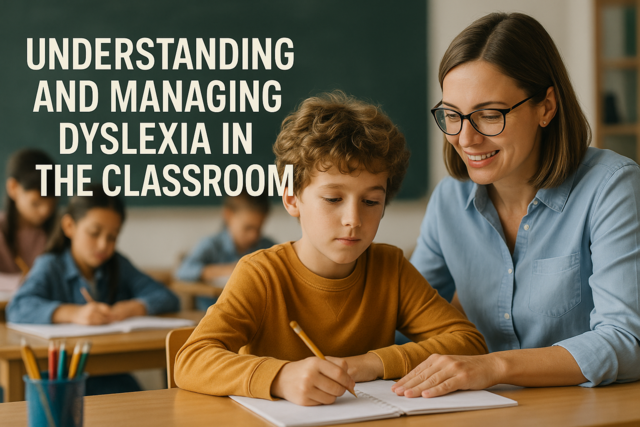 4 hours
0.4 CEUs
Understanding and Managing Dyslexia in the Classroom
+ More Info
4 hours
0.4 CEUs
Understanding and Managing Dyslexia in the Classroom
+ More Info
-
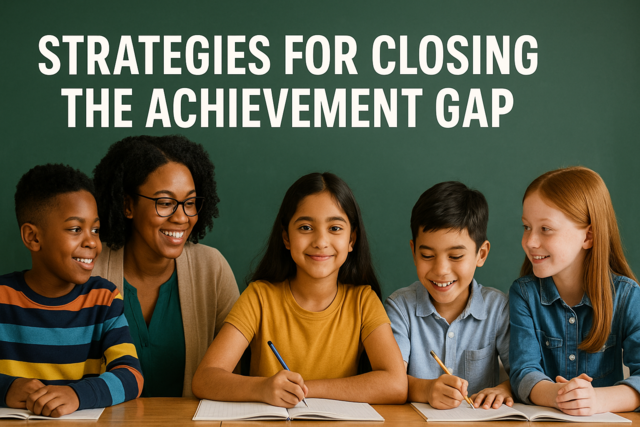 7 hours
0.7 CEUs
Strategies for Closing the Achievement Gap
+ More Info
7 hours
0.7 CEUs
Strategies for Closing the Achievement Gap
+ More Info
-
 4 hours
0.4 CEUs
Critical Thinking and Problem Solving Techniques
+ More Info
4 hours
0.4 CEUs
Critical Thinking and Problem Solving Techniques
+ More Info
-
 5 hours
0.5 CEUs
Advanced Writing and Editing Skills
+ More Info
5 hours
0.5 CEUs
Advanced Writing and Editing Skills
+ More Info
-
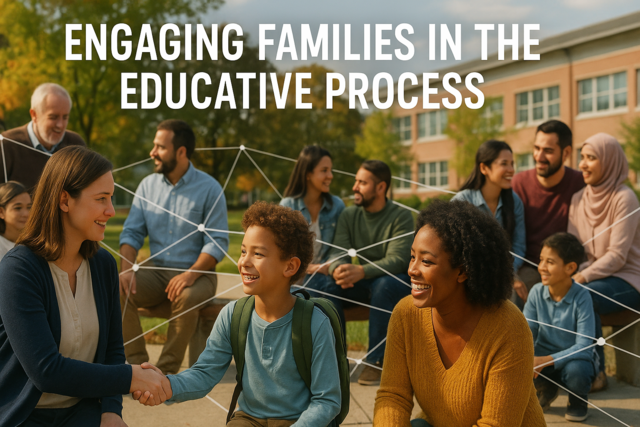 5 hours
0.5 CEUs
Engaging Families in the Educative Process
+ More Info
5 hours
0.5 CEUs
Engaging Families in the Educative Process
+ More Info
-
 4 hours
0.4 CEUs
Breathwork for Emotional Balance
+ More Info
4 hours
0.4 CEUs
Breathwork for Emotional Balance
+ More Info
-
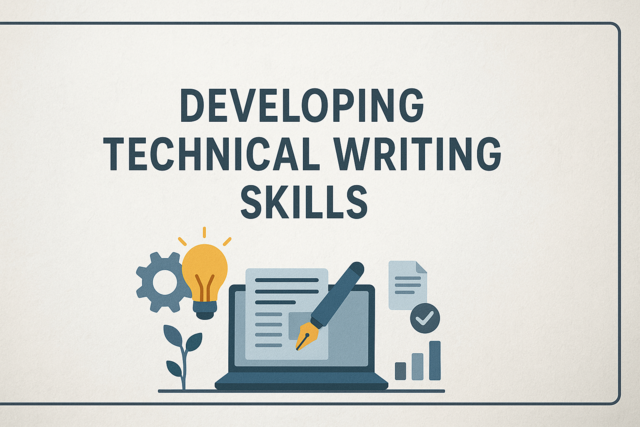 3 hours
0.3 CEUs
Developing Technical Writing Skills
+ More Info
3 hours
0.3 CEUs
Developing Technical Writing Skills
+ More Info
-
 4 hours
0.4 CEUs
Leading with Emotional Intelligence
+ More Info
4 hours
0.4 CEUs
Leading with Emotional Intelligence
+ More Info
-
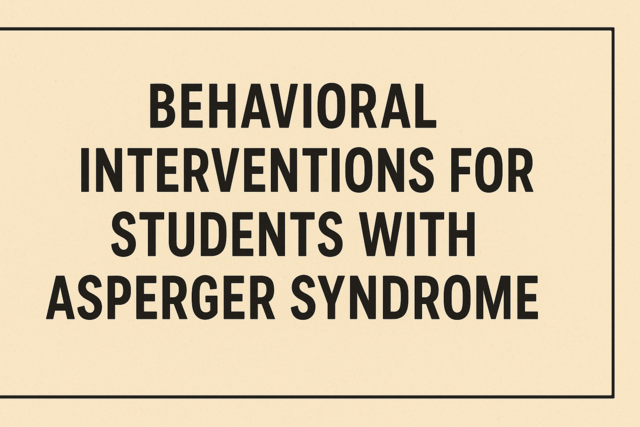 4 hours
0.4 CEUs
Behavioral Interventions for Students with Asperger Syndrome
+ More Info
4 hours
0.4 CEUs
Behavioral Interventions for Students with Asperger Syndrome
+ More Info
-
 4 hours
0.4 CEUs
Narcissistic Loops: Breaking the Cycle of Self-Absorption
+ More Info
4 hours
0.4 CEUs
Narcissistic Loops: Breaking the Cycle of Self-Absorption
+ More Info
-
 6 hours
0.6 CEUs
Luxe Vision: Designing a Fashionable Future
+ More Info
6 hours
0.6 CEUs
Luxe Vision: Designing a Fashionable Future
+ More Info




